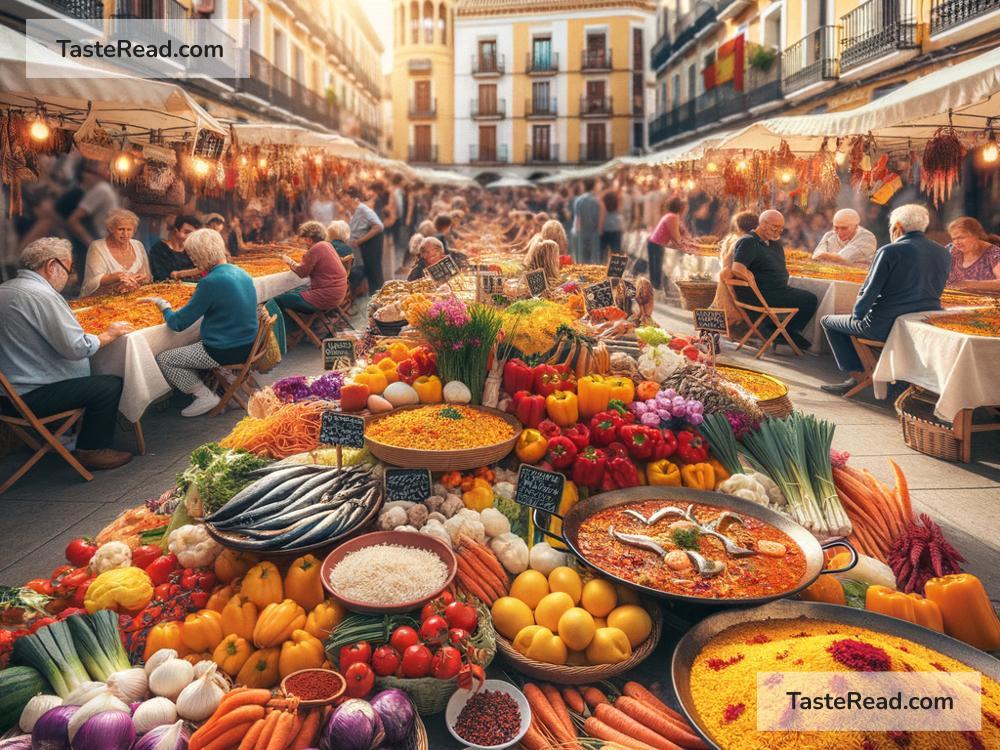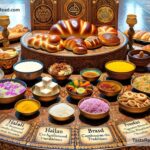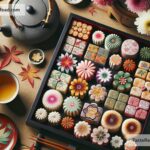Cultural Customs Surrounding Paella in Valencia, Spain
Paella is more than just a dish; it is a cultural symbol that brings people together in Valencia, Spain. This iconic meal is not only at the heart of Valencian cuisine but also plays a central role in the customs and traditions of the region. From its communal cooking style to its celebrations, paella represents family, friendship, and pride for Valencians.
What is Paella?
Paella is a rice-based dish that originated in Valencia, a coastal province in eastern Spain. The word “paella” comes from the shallow, wide pan it is cooked in. Traditionally, Valencian paella is made with ingredients such as rice, saffron, chicken, rabbit, green beans, snails, and sometimes duck. Each ingredient is carefully chosen to reflect the flavors of the region.
While there are many variations of paella, Valencians are proud to remind everyone that the original version is theirs. Seafood paella and vegetarian paella are popular in other parts of Spain and around the world, but Valencians are passionate about safeguarding the authenticity of the traditional recipe.
Cooking Paella: A Communal Activity
In Valencia, paella is much more than cooking food—it is a social event. Traditionally, paella is cooked outdoors, over an open flame. The wood fire gives the dish its characteristic smoky flavor. Gathering to cook paella is an important custom that brings families, friends, and even neighbors together.
The process of preparing paella is often just as important as eating it. Everyone has a role in making the dish, whether it’s chopping vegetables, stirring the rice, or ensuring the fire burns steadily. It’s not uncommon for people to share stories or laugh as they prepare the meal. This communal cooking tradition strengthens relationships and fosters a sense of belonging.
Sundays: A Special Day for Paella
In Valencia, Sundays are traditionally paella days. It’s common for families to come together after church or in the early afternoon to enjoy a feast of paella. Many Valencian families uphold this tradition, as it’s a way to preserve their cultural heritage and enjoy quality time with loved ones.
On Sundays, you’ll often find large gatherings by the beach, in people’s backyards, or in rural cottages where paella is being prepared. Cooking the dish together helps reinforce bonds, creating special memories that are passed down through generations.
The Importance of Sacrality in Paella Cooking
Valencians take the art of making paella seriously. Many people believe that the way paella is cooked reflects one’s respect for tradition. The use of authentic ingredients is essential, and deviating from the recipe can be seen as disrespectful by purists. For example, authentic Valencian paella cannot include peas, chorizo, or seafood—ingredients that are often added in modernized versions found in other parts of the world.
Even the cooking technique has unwritten rules that Valencians follow. The pan must be wide and shallow to ensure the rice cooks evenly. The rice should form a thin layer, so it absorbs all the rich flavors of the broth and spices. Valencians consider the thin, golden crust of rice at the bottom of the pan, known as socarrat, to be one of the tastiest parts of the dish.
Festivals and Celebrations Around Paella
In Valencia, paella often serves as the centerpiece for festivals and celebrations. One of the most famous events is the annual “Concurs Internacional de Paella Valenciana,” or International Valencian Paella Competition. Chefs from all over the world come to compete, showcasing their skills in making authentic Valencian paella.
Paella is also widely featured during Valencia’s biggest festival, Las Fallas, which takes place every March. During this vibrant celebration, Valencians commemorate their history through parades, fireworks, music, and food. Large pots of paella are cooked outdoors, allowing everyone to enjoy the dish while sharing the festive spirit.
Eating Paella: Customary Practices
In Valencia, eating paella is also surrounded by customs. One unique tradition is eating directly from the pan. This concept might surprise visitors, but for Valencians, it symbolizes equality and strengthens the communal experience. Everyone gathers around the pan, using forks or spoons to serve themselves. Sharing the same dish creates a sense of closeness and emphasizes the importance of togetherness.
Another custom revolves around the timing of paella. It is considered a lunch meal rather than dinner. Valencians believe it is best eaten in the afternoon, accompanied by a glass of wine or beer. Heavy dishes like paella are thought to be harder to digest at night, so they prefer to enjoy it during daytime hours.
Preserving a Legacy
Cultural customs around paella are deeply intertwined with Valencian identity. To Valencians, paella isn’t just food; it’s a way to celebrate their heritage and share their traditions with others. Valencian families take pride in teaching younger generations how to cook and appreciate paella, ensuring its legacy remains intact.
So, if you ever find yourself in Valencia, joining a local paella-making event or tasting a homemade version of the dish will offer you a glimpse into the heart of its culture. Paella is a reminder that the most meaningful moments often revolve around good food, laughter, and shared traditions.


